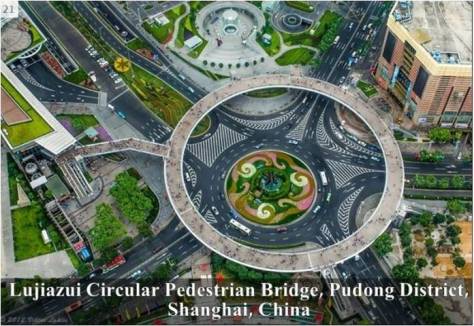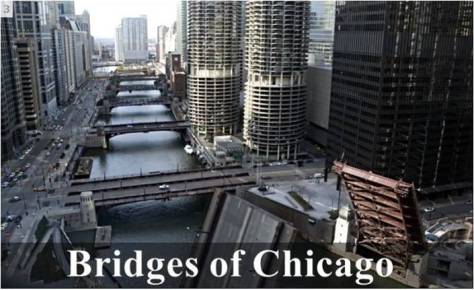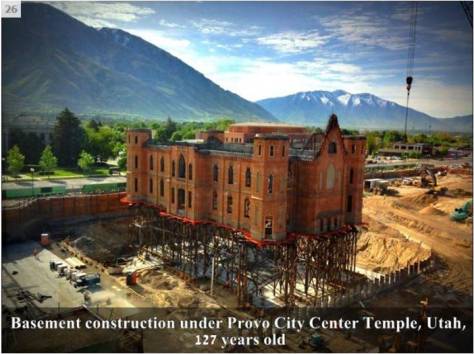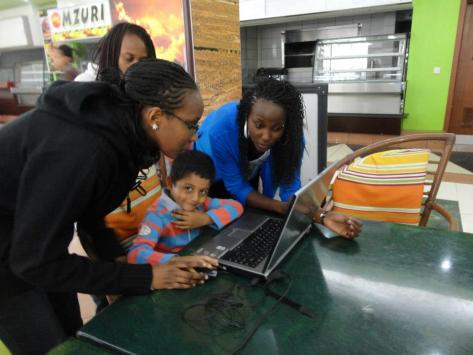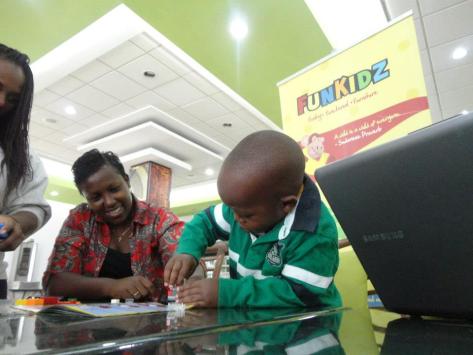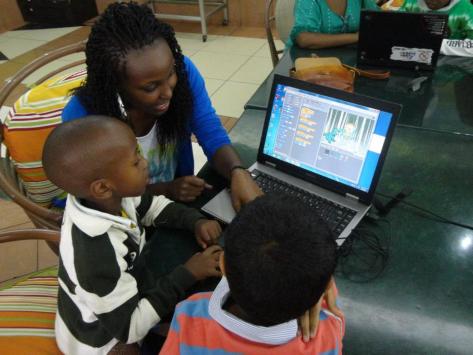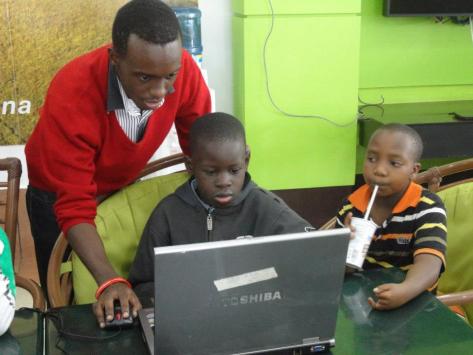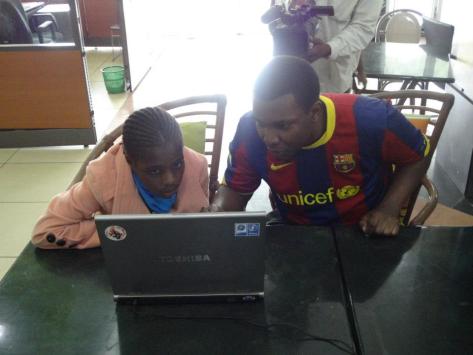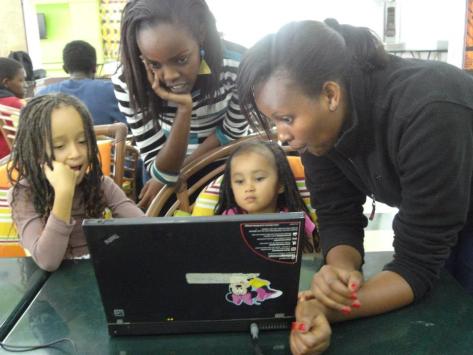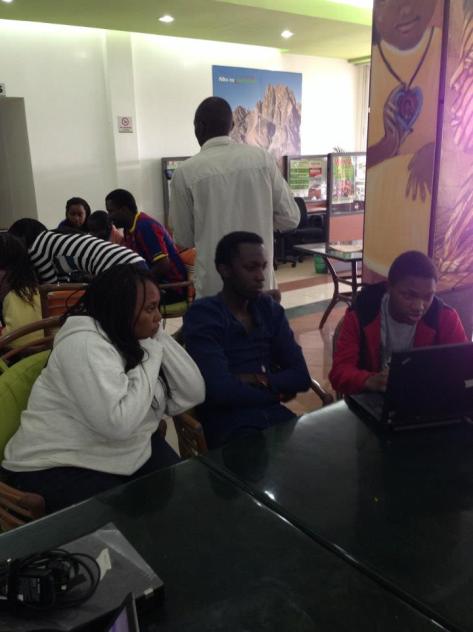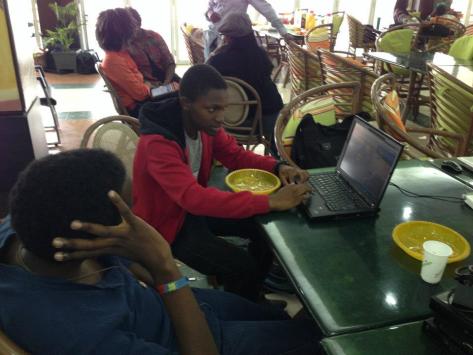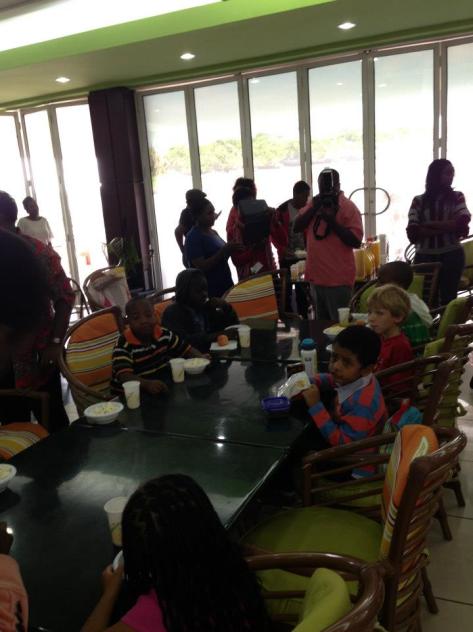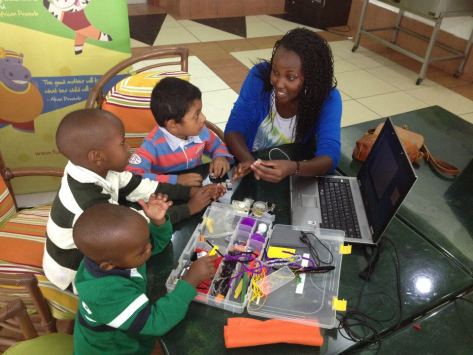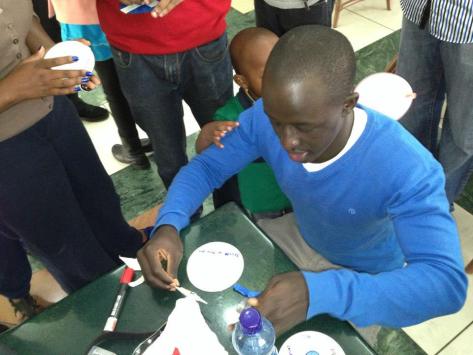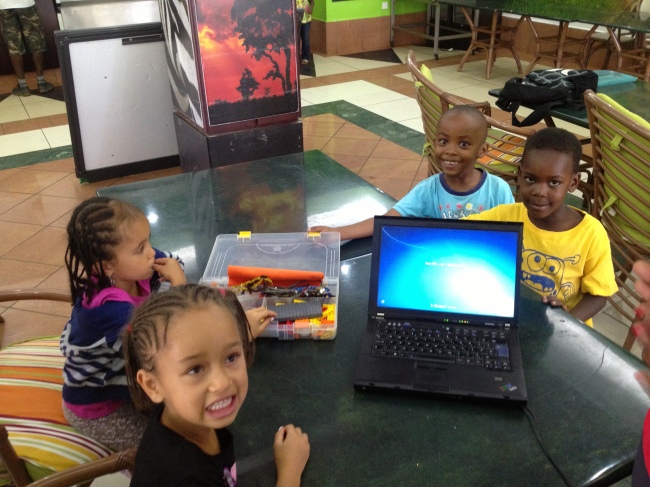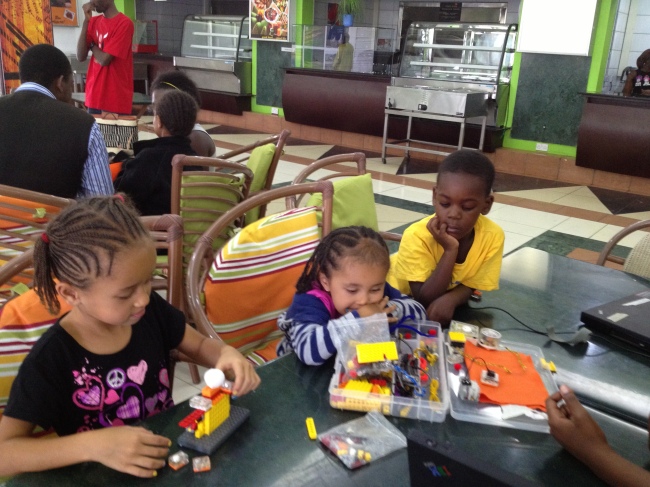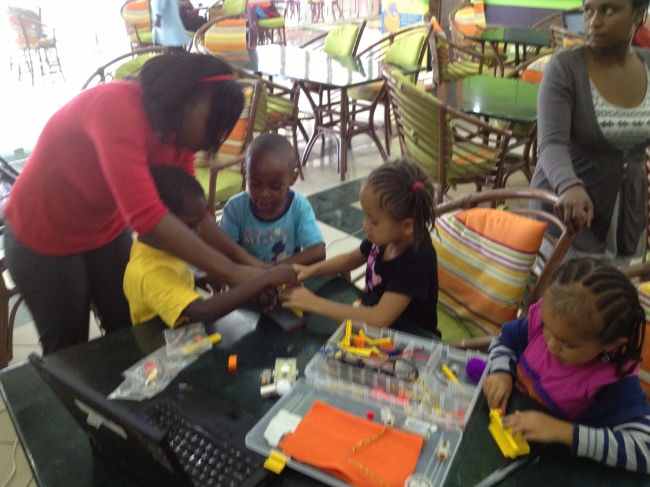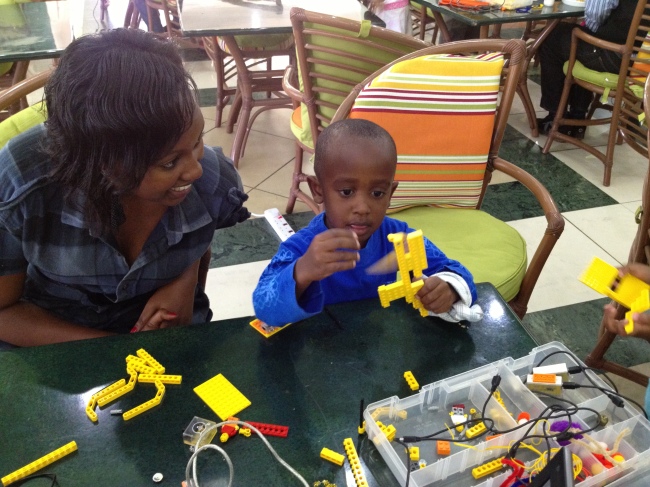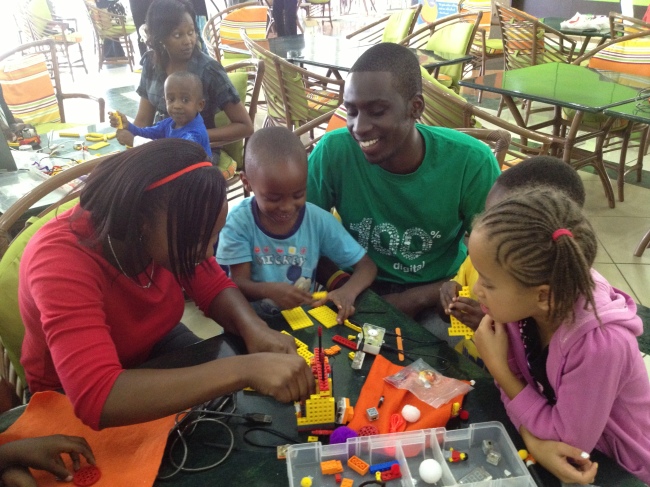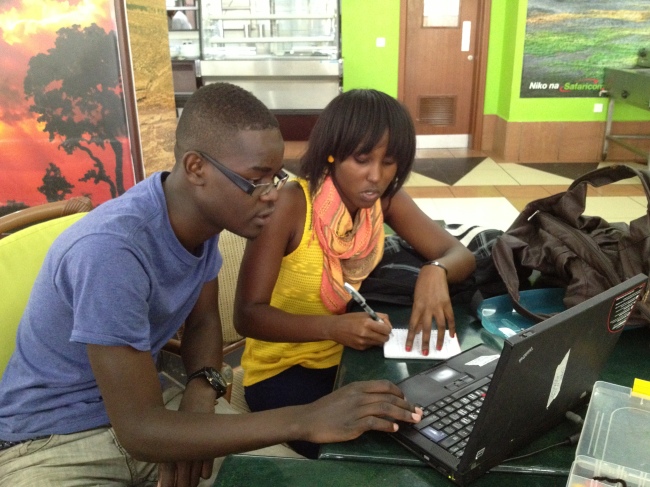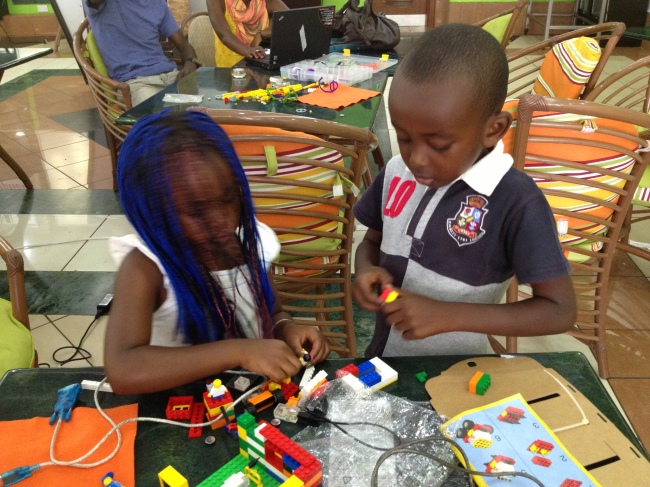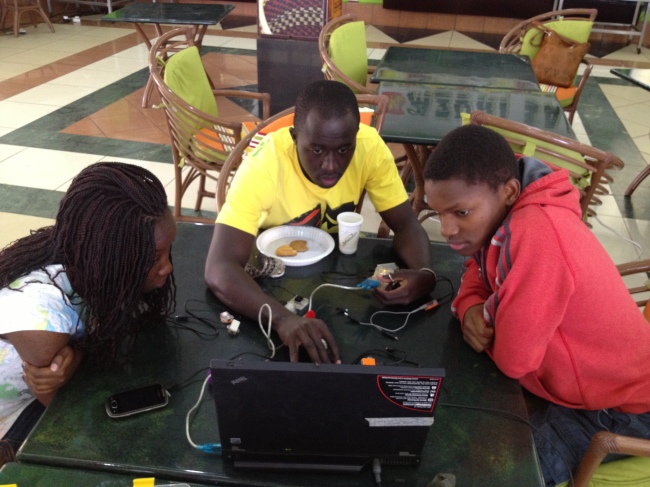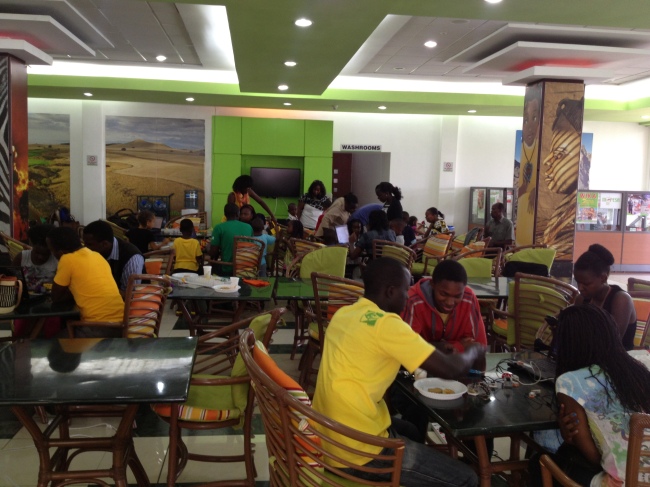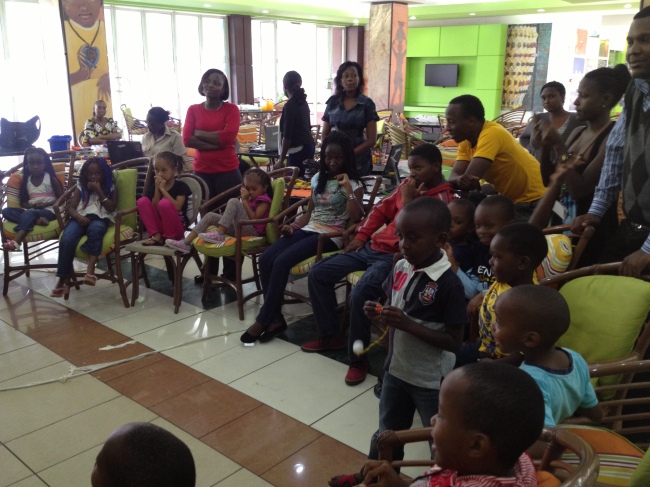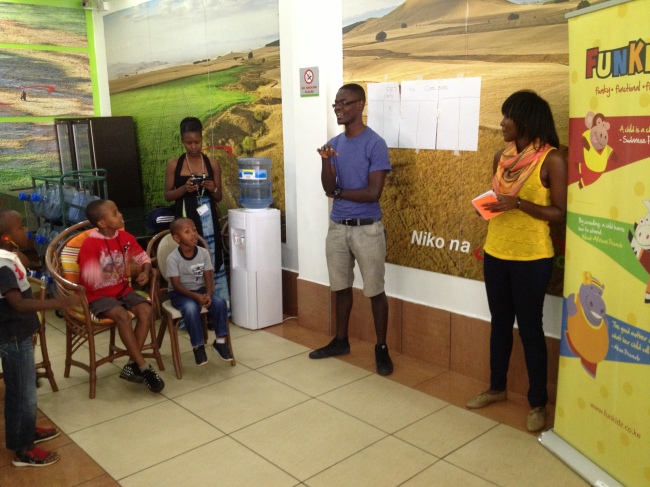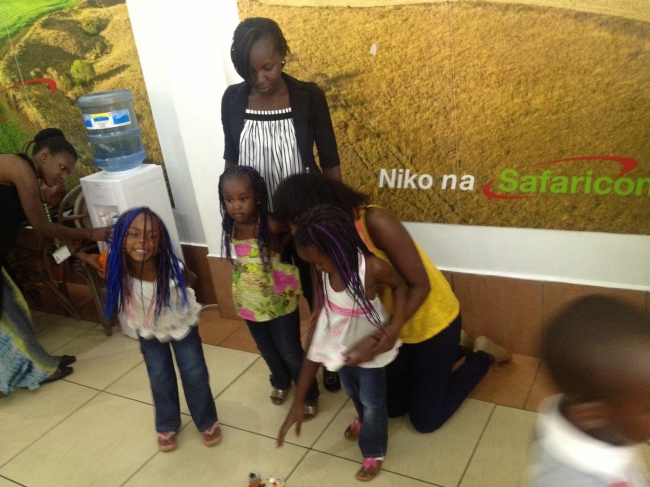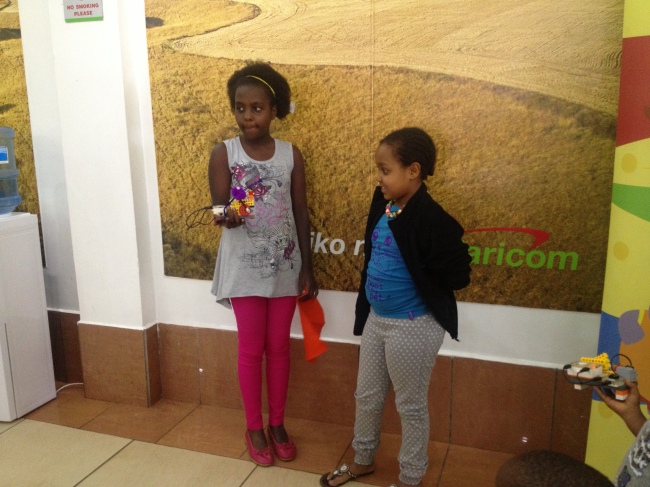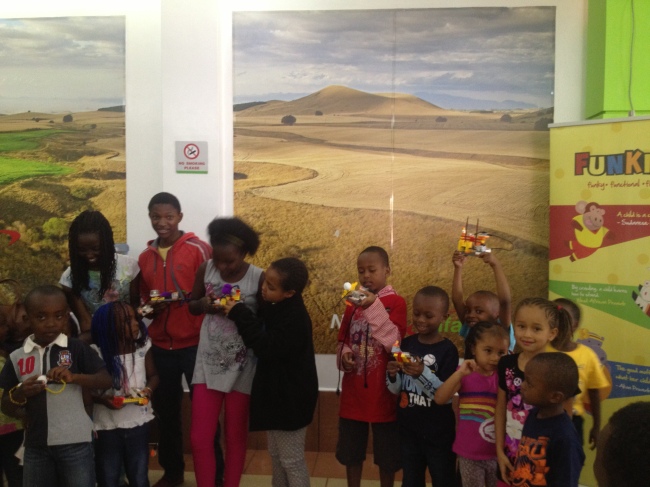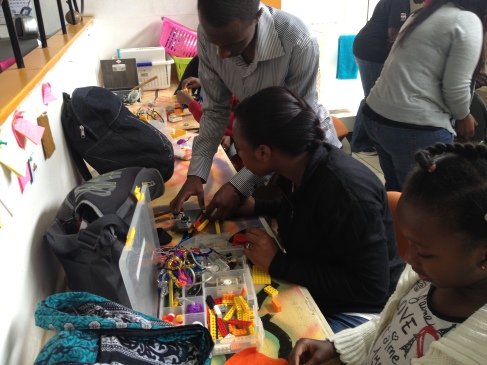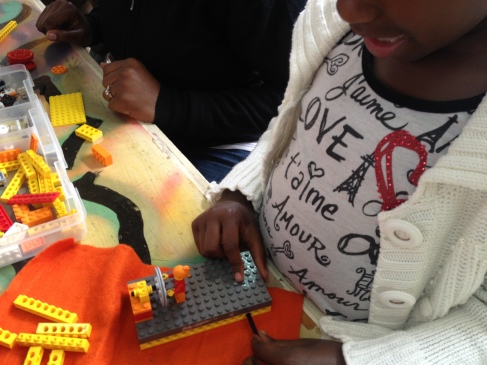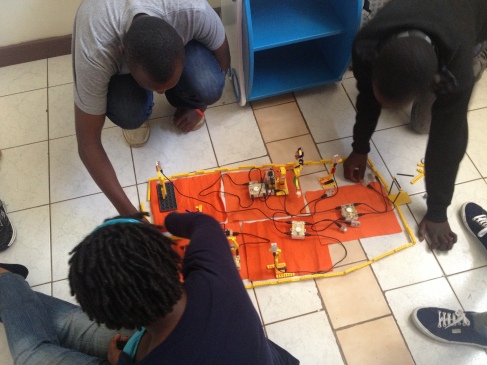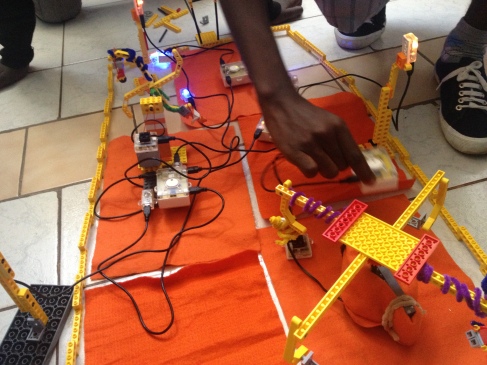YOUR FRIENDLY NEIGHBOURHOOD MEGASTRUCTURE
What do you think of when you hear the word ‘megastructures’?
That’s the key question we were asking ourselves during this month’s edition of Fablab Outreach held on the 2nd July 2016. (By ‘we’, I mean the interdisciplinary group of students from various departments that you can see in the photos at the very end.)
Megastructures aren’t a new concept for human beings. Since the earliest times, we’ve been building big. These are just some of the examples that were presented to us.
The Great Wall of China is a series of fortifications made of stone, brick, tamped earth, wood, and other materials, generally built along an east-to-west line across the historical northern borders of China to protect the Chinese states and empires against the raids and invasions of the various nomadic groups. It is over 21,000km long and can be seen from space.

The Taj Mahal (Persian for Crown of Palaces) is an ivory-white marble mausoleum on the south bank of the Yamuna river in the Indian city of Agra. It was commissioned in 1632 by the Mughal emperor, Shah Jahan to house the tomb of his favorite wife, Mumtaz Mahal. The tomb is the centrepiece of a 42-acre complex, which includes a mosque and a guest house. Its cost, were it being built today, would be over 800 million dollars.

The Great Pyramid at Giza, suspected to be the tomb of the Eqyptian Pharaoh Khufu. On the Giza Plateau, Khufu’s builders oriented his pyramid almost perfectly north. The largest pyramid ever built, it incorporates about 2.3 million stone blocks, weighing an average of 2.5 to 15 tons each. It is estimated that the workers would have had to set a block every two and a half minutes.
Here are a few others that we looked at:

The Roman Coliseum, where so many died to please the crowds of the empire.
By looking at these ancient wonders of the world, you can spot a few of the characteristics of a true megastructure:
- Big
- Expensive
- Multidisciplinary
And we saw some of the reasons why they were built:
- Defence
- Love
- Prestige
There are also several modern megastructures, e.g.

Taipei 101: was officially classified as the world’s tallest in 2004, and remained such until the completion of Burj Khalifa in Dubai in 2009. In 2011, the building was awarded the LEED platinum certification, the highest award according to the Leadership in Energy and Environmental Design (LEED) rating system, and became the tallest and largest green building in the world.
It was also a challenging structure to complete by virtue of being located in an area that is both a wind and earthquake zone. The challenge: to withstand an earthquake, a structure must be flexible to absorb the energy. To withstand high winds, it must be stiff. The solution:
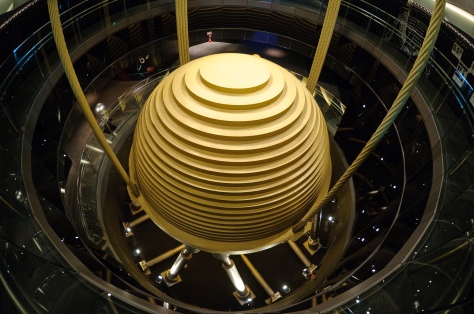
A 660-tonne (728-short-ton) steel pendulum that serves as a tuned mass damper, at a cost of NT$132 million (US$4 million). Suspended from the 92nd to the 87th floor, the pendulum sways to offset movements in the building caused by strong gusts. Its sphere, the largest damper sphere in the world, consists of 41 circular steel plates of varying diameters, each 125 mm (4.92 in) thick, welded together to form a 5.5 m (18 ft) diameter sphere.
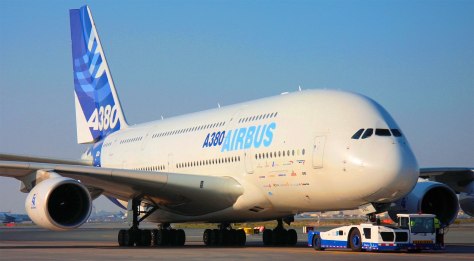
The Airbus A380: It is the world’s largest passenger airliner, and the airports at which it operates have upgraded facilities to accommodate it. It provides seating for 525 people in a typical three-class configuration or up to 853 people in an all-economy class configuration

The Cloud: Cloud computing is a kind of Internet-based computing that provides shared processing resources and data to computers and other devices on demand. The size of cloud storage is measured in petabytes: 250 bytes; 1024 terabytes, or a million gigabytes.
What does this mean for us?
Every megastructure cited so far has been in some foreign country. Does this mean we as Africans have been asleep for all these years?
It was built with a tree and branches structure.
We are coming to the end of this part of the megastructures day. We’ve shown that megastructures:
- Were built in ancient times for love, as tombs, and for defence
- Come on all different shapes and sizes in the modern world
- Are found even in Kenya
But are they any good? Is there any engineering problem that only a megastructure can solve? Especially for a continent like Africa, where poverty is everywhere and large infrastructure projects are oftentimes used to embezzle funds.
Check out this video of Ethiopian Renaissance Dam, and make m=up your mind about the answers to these questions. https://www.youtube.com/watch?v=xzJixYFZl2o
- What are some engineering challenges that Kenya faces that can only be solved by thinking big?
- What are some possible solutions?
- What would be needed to implement these solutions?
That’s for us, as Africans, to ask ourselves.
And now to the photos of the event itself. Enjoy.






